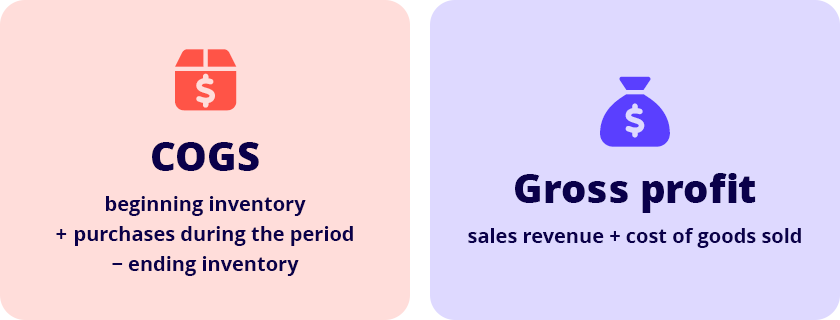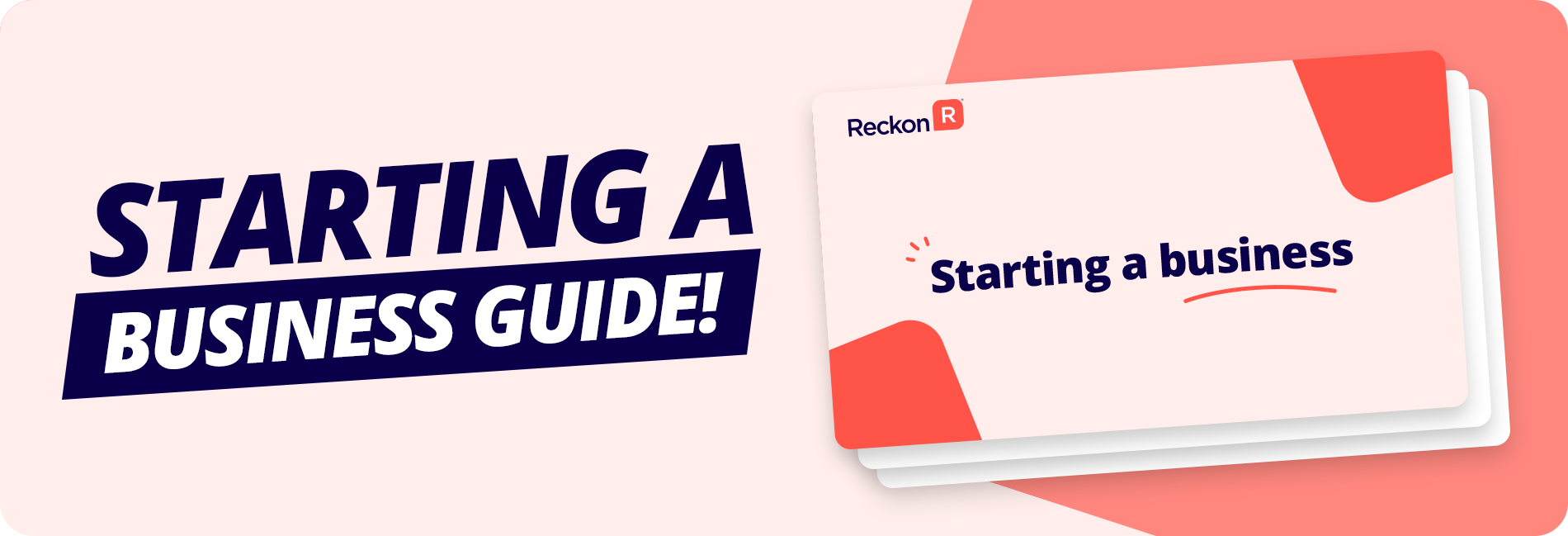Understanding how to calculate COGS sits at the heart of basic accounting and sales practices.
As a case in point, cost of goods sold is often featured in the second line of a business’s income statement or profit and loss statement. So yes, it’s important.
What is cost of goods sold (COGS)
COGS is essentially how much it costs you to produce your products or services.
The cost of goods sold is the wholesale price of a product or material to a distributer, retailer, or manufacturer before they add their margin and create sales revenue.
Put another way: sales revenue – cost of goods sold = gross profit.
For example, If your business creates a product for nine dollars, incurring one dollar in direct overhead costs along the way and you then sell that product for fifteen dollars, your COGS is ten dollars and your gross profit is five dollars.
This also holds true for the manufacturing industry. If a manufacturer buys materials to manufacture a product and then sells that product to a distributer, the price of materials, production labour and overheads are also known as cost of goods sold.
As you can see, it’s not only a direct material expense or products that constitute COGS, but also direct labour and cost incursions.

What are not COGS?
This leads to an interesting question: what are not considered COGS?
Any cost incurred that relate to advertising, distribution, management, marketing, indirect overheads etc are not COGS.
Only direct materials and direct labour and overheads can be considered COGS.
How to calculate COGS
How do you calculate COGS exactly? To build on the simple equation above, we’re going to look at a way to calculate the cost of goods sold and what it represents when referred to in an income statement and basic accounting.
Firstly, for accounting purposes, your COGS isn’t as simple as it seems. You also need to include inventory:
COGS = beginning inventory + purchases during the period – ending inventory.
What does this mean exactly?
Let’s say you have defined a period of 12 months. Your beginning inventory will be stock on hand from the previous period. Purchases during the period are stock you bought in those 12 months. Ending inventory is what you have left for the next period.
As an example, let’s say you have:
- A beginning inventory of $2,000
- Purchases during the period of $5,000
- Ending inventory of $1,000
- Your COGS is $6,000 for the year.
Once you know your yearly COGS, you can work out your gross profit for the period using the simple formula above:
Sales revenue – cost of goods sold = gross profit.
When you create a profit and loss statement or income statement, COGS accounting will be a primary factor in the balancing of the statement.
COGS components
What are the components of COGS? As touched upon, there are three main components of COGS – cost of material, cost of direct labour and cost of direct overheads.
Cost of direct material
This is the base or wholesale cost of the products or materials you use to either manufacture a product or sell a product in a retail setting.
Cost of direct labour
This is the cost of direct labour used solely to create the product in question. No ancillary or indirect labour can be calculated as part of your COGS.
Cost of direct overheads
This is the cost of direct overheads utilised in the creation of the product.
If you are still unsure of what COGS is and how to calculate COGS, speak to a trusted business advisor or accountant. Alternatively, you can benefit from retail accounting software to help you with the heavy lifting. Discovering small business ideas that align with your budget and business model requires a solid grasp of your financials, including COGS.
























